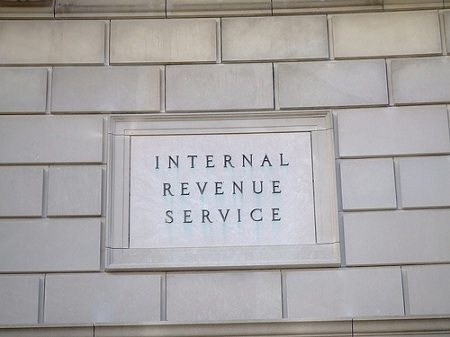
December 6, 2012; Source: T Magazine (Ernst & Young)
Nonprofit readers should know what the Internal Revenue Service, and particularly its exempt organization (EO) division, will—and will not—be taking up in the coming year. What is in and what is out of the FY2012 Internal Revenue Service (IRS) workplan and the 2012-2013 priority guidance plan for the Tax Exempt & Governmental Entities division of the IRS? To understand FY2012, you first have to peek at the results in FY2011:
- The total number of IRS exempt organization (EO) staff is down from 910 in 2009 to 889 in 2011 (-2.3 percent), though EO staff assigned to examinations has increased from 525 to 531.
- The total number of tax returns checked by EO staff decreased from 16,850 to 14,893 (-11.6 percent), though within that, the number of more intensive traditional examinations (compared to lighter compliance checks) increased from 10,187 to 11,699 (+14.8 percent).
For the EO division to increase its examinations of returns is laudable, given that FY2011 saw the division absorb responsibility for doing hospital community benefit reviews and other tasks mandated by the Patient Protection and Affordable Care Act (PPACA), a responsibility that will only increase as the nation nears full implementation of national health insurance reform. It is always odd, however, to find a review of EO’s past year’s performance indicators and its plans for the next year without any reference to its budget authority. As such, the IRS allocation for its oversight of tax-exempt entities remains opaque.
For most of us in the nonprofit sector, a workplan makes sense only in the context of the resources available to do the job at hand. Without budget data, the IRS nonetheless commits EO to making sure that 501(c)(4), (5), and (6) “self-declarers” have identified themselves correctly and that the rules on impermissible political interventions by tax-exempt organizations will be enforced. The plan also states that EO “will be looking at organizations that report unrelated business activities on Form 990 but have not filed a Form 990-T” and will “develop risk models that help…identify organizations that consistently report significant gross receipts from unrelated business activities but declare no tax due.”
Sign up for our free newsletters
Subscribe to NPQ's newsletters to have our top stories delivered directly to your inbox.
By signing up, you agree to our privacy policy and terms of use, and to receive messages from NPQ and our partners.
What’s up with which projects of importance to the sector the IRS will pursue in the coming year? Some are there, and some are unfortunately missing. In the mix of the 317 priority projects to be undertaken by the IRS are the following:
- Regulations on requirements for community health needs assessments and other requirements of the PPACA for charitable hospitals;
- Additional regulations and guidance on supporting organizations (SOs);
- Final regulations on program related investments (proposed regs on PRIs were published in April 2012);
- Regulations regarding the new excise taxes on donor advised funds and fund management per the Pension Protection Act of 2006; and
- Final regulations relating to church tax inquiries and examinations based on proposed regulations published in August of 2009.
What’s missing? One area that stands out like a sore thumb is any mention of work on clarifying the rules on 501(c)(4) social welfare organizations. After all the debates this past year about how much partisan political activity it takes for a 501(c)(4) to go over the limit, after all of the secret money that has flowed to and through (c)(4)s, and after nearly everyone has thrown up their hands at the inability of the IRS and the Federal Election Commission to offer reasonably precise definitions and guidance, the IRS isn’t taking the issue up in 2013. Go figure.
Democracy 21 and the Campaign Legal Center noticed the omission and sent the IRS a scathing letter earlier this month. According to the two campaign finance watchdogs:
“An estimated $400 million in secret contributions were laundered into the 2012 elections through section 501(c) organizations. A large portion of these funds was spent by groups improperly claiming tax-exempt status as section 501(c)(4) ‘social welfare’ organizations in order to hide the identities of their donors from the American people. In the absence of any action by the IRS to address this problem, even greater abuses of the tax laws are expected to occur in future elections by groups improperly claiming to be ‘social welfare’ organizations. The failure of the IRS to act on this matter is doing great harm to the American people and to their fundamental right to know who is providing the money to influence their votes.”
These are powerful words—and in light of the lead-up to November 6th, hard to argue against.—Rick Cohen











